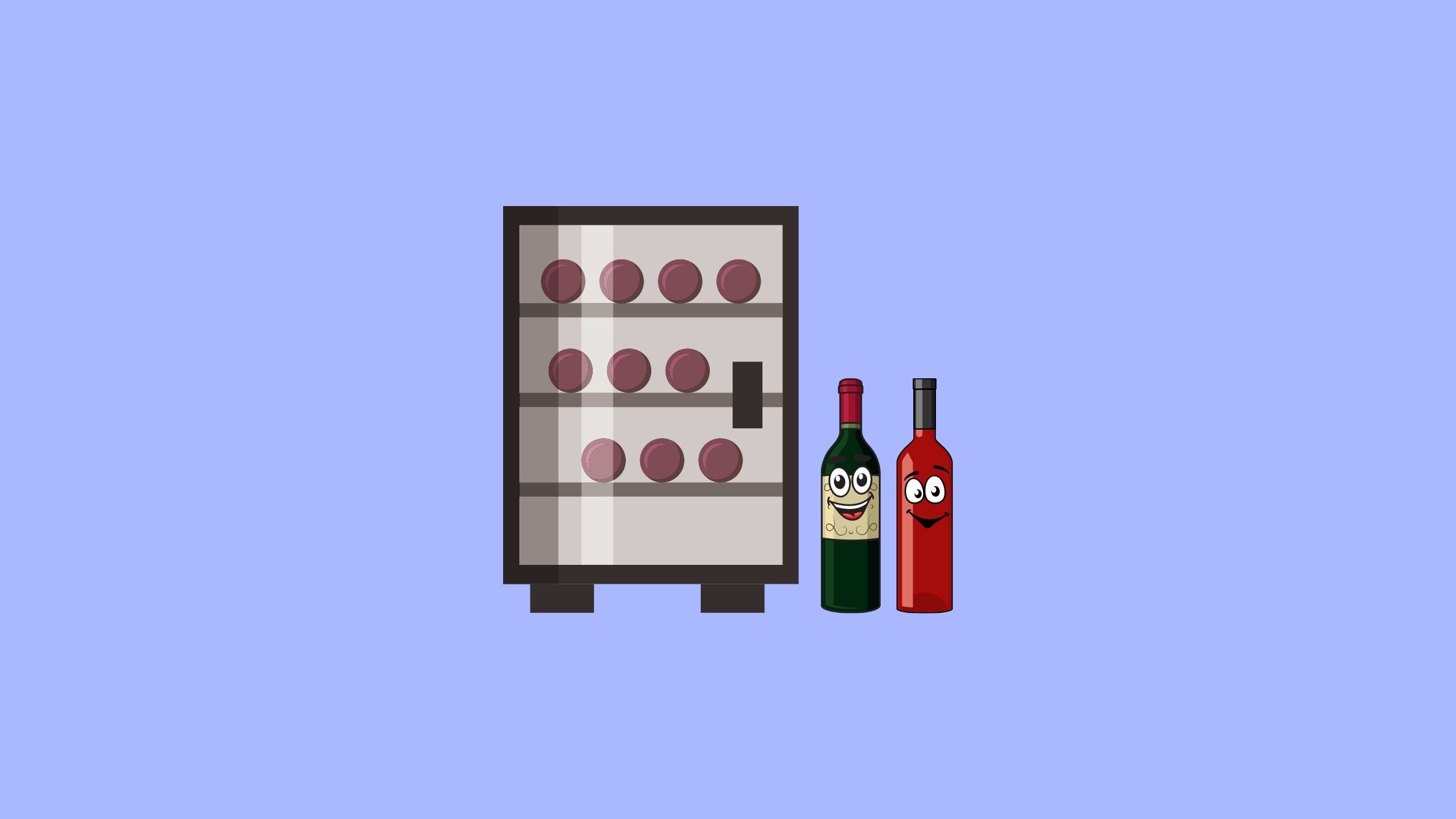Before we begin, do note that wine cellars can also mean wine fridges/coolers/chillers. But for this specific article, we are talking about a room in which wine is stored — so don’t be confused!
If you are serious about wine collection or are planning to go into wine production, then this guide is for you. For individuals with a small collection, there is no worry in having the appropriate space to store your wines — given that the temperature and light setting is right.
However, it will be a different story for wine enthusiasts with a huge collection. There is a need for an ideal storage space although, one doesn’t have to create a dungeon like what you see on television. Also, the costs will be higher since a good space ensures that your alcoholic beverages can last for a much longer period of time. Put it simply, there will be effort in planning and preparation to build one in the comforts of your home. Here are some tips to help you build the perfect cellar:
1. Know the implications of building a wine storage in your house

First and foremost, advise your household that you are going to convert part of the house or build a wine cellar before you begin. Although you have the final say, it is essential to let them know what you are doing.
Skip this if you are living alone but remember to consider the finished structure of your house because it is, sort of, a permanent project.
2. Thoroughly plan how the storage will be used
Another essential point to take note is the purpose of the wine storage. You will be using this for wine of course but rather, the goal is to think about HOW you are going to use it.
For example, are you going to use it primarily for storing and ageing? Or is it going to be used to store different types of wine from mild to strong? Maybe you are just thinking of using it as a display to impress your friends and family? These are some possible scenarios to think about.
Other considerations may be your style or personal preferences. You may like your design to be oriented towards modern and contemporary. Or maybe you are the classic, “old school” guy? Also, are you thinking of using wood or steel for your racks? If your intention is to just age and store your wine, we will recommend the use of steel because it is reliable and it can stand for years. But if you are planning to just show off your display, wood will improve the storage’s aesthetics.
3. Understand temperatures
Storage temperature may depend on the type of wine you are storing — which is why it is important to plan. For storage and ageing, 50- to 60-degress Fahreinheit (with 60% to 70% humidity) is recommended. You may need cooling units to control room temperature if you don’t have the latter environment naturally occurring in your storage.
Good news is, there are actually equipment specifically designed to control temperatures. They are also known as wine coolers/chillers/refrigerators.
Looking for a good wine cellar to preserve the shelf-life of your precious wines? Here are our top picks!
Be sure to select proper cooling units that comply with your storage needs.
4. Know the 3 factors of wine storage
A winemaker and enthusiast must know the following crucial elements in order to preserve the quality of their wine:
- Vapor wall or moisture prevention
- Airtight seal
- Proper insulation
The occurrence of moisture is inevitable unless we do preventive measures. The vapor wall or moisture prevention refers to the usage of a barrier to protect the wine from moist. The most common product or tool you may find is called Visqueen (a type of polyethene sheet). Using this requires it to be placed on top of the insulation.
Secondly, make sure that the room is airtight. What this means is that the air must not freely flow in and out once you close the door — making no contact with the environmental temperature outside.
Lastly, insulation is established to reinforce the protection in our wine cellar against elements that may spoil the wine.
5. Consider selecting the best possible glass or windows for your wine cellar
Installing a high-quality glass or window provides excellent insulation. It’s important to take into account the area where the glass will be installed and the level of temperature within the section. Knowing these factors should help in the ageing process of the wine and maintain its overall quality.
It is also important to bear in mind the quality of the glass you choose. Opting for cheaper and subpar brands may eventually lead to the entrance of moisture and other external elements in the storage area.
6. Add extra insulation if the wine cellar’s wall is made of concrete
Using concrete establishments are a poor choice in terms of insulation — simply because indoor temperature changes are similar to outside conditions. But fortunately, you don’t have to fret this. You may add extra insulation on top of the concrete so as not to spoil your treasured wines.
To prevent the development of moisture inside your storage facility, you may have to double the thickness of your walls. By doing so, you reinforce the protection of your cellar from external temperature and moisture.
7. Never hesitate to purchase the cooling units that best suit your storage needs
Investing in cooling units is the most essential part of the wine cellar building process. We cannot control the weather but we can manipulate the temperature in our wine cellar. The cost of each cooling unit varies depending on the type of cellar.
- Split cooling units: A two-set equipment that is installed outside and inside the wine cellar. The purpose of the outside unit is to easily manipulate temperature from the outside. Its advantage over other units is that you can control the temperature remotely and it doesn’t require a massive hole in the wall. These units are, however, very pricey — above $5000.
- Through-the-wall cooling units: The most common cooling units used by both enthusiasts and producers. The cheapest ones cost between $1000 to $4000 but more than that, they are easy to install and cost-effective. The downside, however, is that these units take up a lot of space and are noisy.
- Ducted cooling units: The most expensive but also, with many advantages in terms of convenience, efficiency and customer support. The retail price generally range from $3000 to $6000.
8. Plan your budget
We’ve talked about the implications of wine cellars in your home and as you can see, building one can incur a pretty large sum of money. So, know the ceiling of your budget and list all possible expenses that you may incur. Most importantly, be sure to stick with your decision until completion.
Recommended Reading
How To Open A Corked Wine Bottle
Unlike screw-caps, corked wine bottles can be a little trickier to open. If you are a beginner, this guide shows you the steps!
Why You Need to Buy a Charcoal Filter for Your Cellar
Do you need a charcoal filter for your wine cellar? The answer is, yes. And this guide reveals the reason why.
16 of Your Common Wine Questions Answered
There are many questions asked when it comes to wine. So, we've decided to round the commonly-asked ones and address them once and for all.
Wine Tasting Rules: The Do’s and Don’ts
Understanding wine tasting rules will give you a good start to wine appreciation. Here are 5 steps to help you begin.
How To Degas Wine Correctly
So what's the deal with degassing wine? How will it make your wine taste better? Should you try it? This article answers your questions.
Wine Etiquette: How to Tip Your Wine Sommelier
Do you sometimes wonder how to tip a sommelier? Follow these wine etiquette advice to have an enjoyable experience!

